Screen Direction and Dialogue. Less the slugline, that is all there is to a screenplay. While it might be argued that dialogue is far more important, the ability to write clean, crisp screen direction is essential.
What is the best way to go about it? Recall the earlier definition: Screen direction is what the camera sees—with attitude. There are two parts to this, let’s examine them both:
What the camera sees … The easier part, one would think, is to write in a clean and basic style only what the audience sees. Sadly, there is nothing easy about this.
How much do you describe? What if you leave something important out? You read so many scripts that include massive detail, including camera direction. If there’s no one correct model, how the hell do you write it so your script stands out?
Make the script a good read.
What’s that mean? It means you want the reader to read it relentlessly. You want the reader to read it fast, to be a page turner; a teaser, a heartbreaker, or a laugh a minute. It means—for screen direction—you want the script to read vertically, to give white space, to not have more than five lines in any paragraph. You want to pick strong, active verbs; ditch all weak adverbs and adjectives (Walks slowly? Anyone can write that!) You want to avoid all unnecessary detail. You want to never write character thoughts or write “in the head.” You want to get in late, get out early. Accomplish what the scene needs to accomplish, and get out.
But will that be enough to make you stand out? No.
You need to take it further. And here’s where the “with attitude” part enters.
With screen direction, the key is POV.
You need to inject your personality, your voice, your POV, into screen direction. How do you do that with the strict “show only what the camera sees” rule? The answer is: You don’t.
Tell the story straight-forward where you can; give us poetry and POV when you have to. Do it when you want to blow the reader away, in key moments and scenes. I don’t need devastating description when the protagonist walks into a Starbucks for a latte. I might need it, though, when the protagonist’s mother dies.
Not sure what I mean by POV? Let’s look at some examples. The first, from Backdraft:
INT. BURNING FACTORY – DOWNSTAIRS
It’s only the fire’s ghost here, lazy and slow.
Off the corridor are rooms full of commercial sewing machines. Brian enters one and drops to his knees.
Looks under a table, flashes his light behind a work stand. Nothing. He turns to backtrack his way out when A TONGUE OF FLAME suddenly LEAPS up through the floor in front of him, cutting off the door. Brian lands on his ass as it hisses and giggles and dances unreally in front of him.
I never forget a face, kid-- That fire from childhood. He could maybe force his way through but Jesus, the way it looks at him --
-- Brian ROLLS away from it. Looks for another doorway --And ends up in thick smoke. He drops to a crawl, stays on his belly where the air’s clear. When he sees it. Behind some furniture. Something flesh-colored. Shit. It’s a body.
Beautiful. We are put, literally, into the character’s mind. “I never forget a face, kid…” is the character talking to the fire in screen direction. This is exactly what you want for your script—screen direction as extension of dialogue. “Something flesh-colored. Shit. It’s a body.” Right into Brian’s head. Exactly.
The best example of POV I’ve ever seen comes from—can you believe it?—a Rom Com. My Best Friend’s Wedding. A stylistic tour-de-force that, from page 1, puts you into a scary place–right into Julia Roberts character’s head:
And she stares at it. Jesus, God, how long has he carried this around? She flips through further, all the rest have her in them. Maybe half a dozen. Her heart is throbbing. Her eyes are damp.
Back to the one on the boat. She slips it from the plastic window. Holds it. Then, gently...
Puts it back where it belongs. PUNCHES up the goddamn laptop. This is it, girl! Do or die.
JULIANNE
You wouldn’t change your password, would you? You never change anything.
Those words make her bite her lip. Damn, I’m becoming a sentimental slob. TYPES in...
JULIANNE
Shoeless... Joe.
Yes! We’re in! Punching keys. Letters flying across the screen. Okay, we’re ready. Types...
JULIANNE
(reads as she types)
Mike. I hate this downsizing shit as much as you do. But I know this can’t become as a complete surprise...
Two levels at work here. Sure, we get the basics. Who’s in the shot and what’s happening. She’s forging a letter, praying she doesn’t get caught. But look at how we’re getting the information. Pure POV. The reader experiences every second—in screen direction—through her eyes.
This is writing no longer concerned about just craft. This is beyond craft.
This is where the art in screenwriting is found.
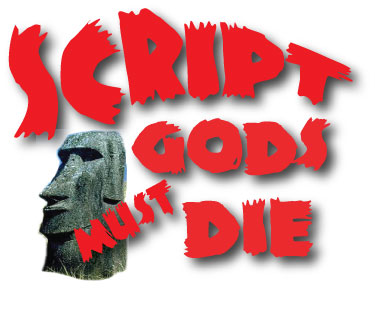
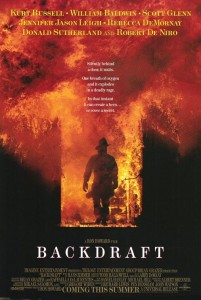
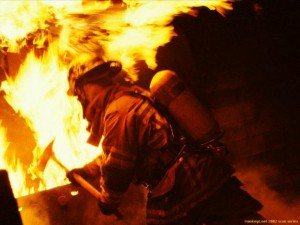
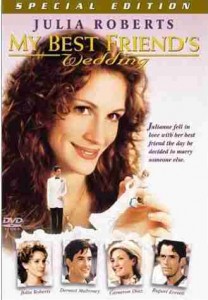
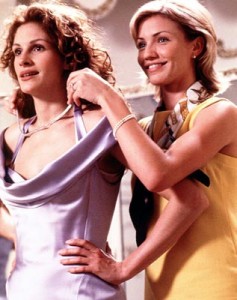
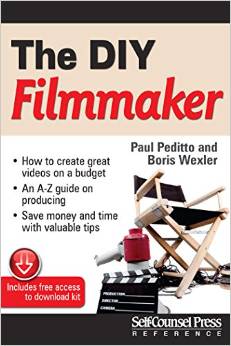
Thanks, you taught me something…I’ve been too slack with direction, ‘trying to keep the screenplay short.